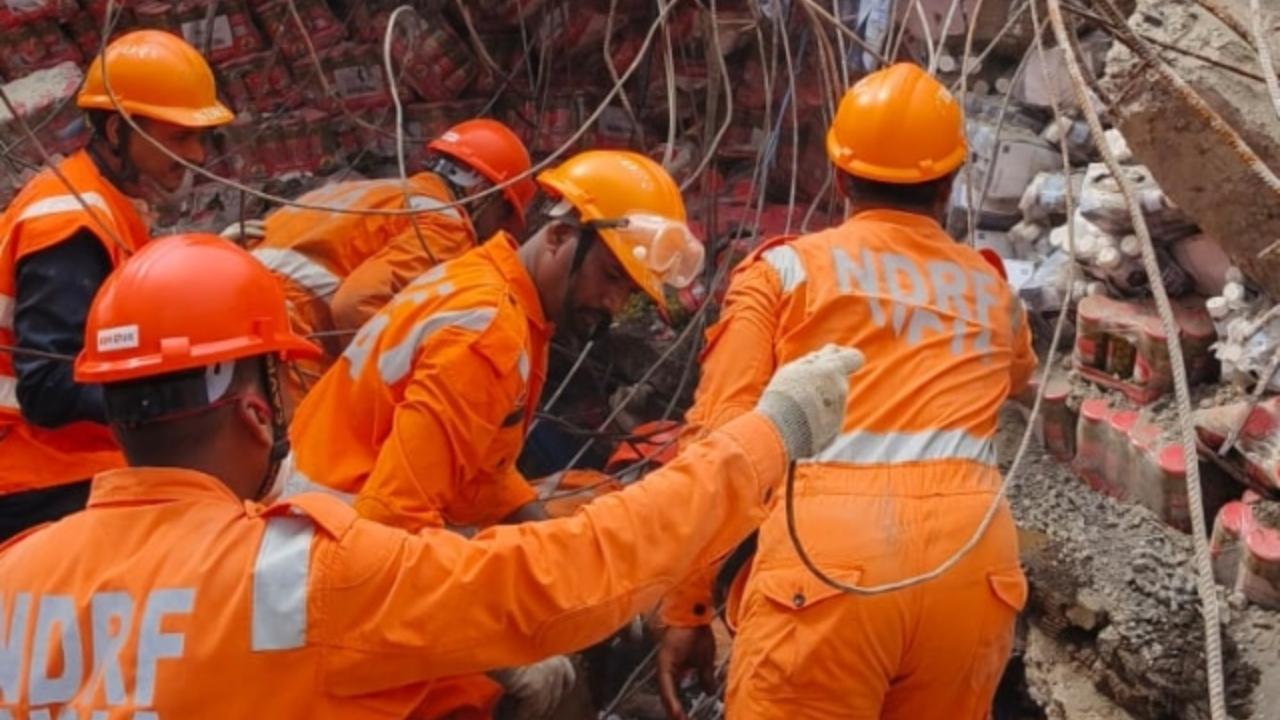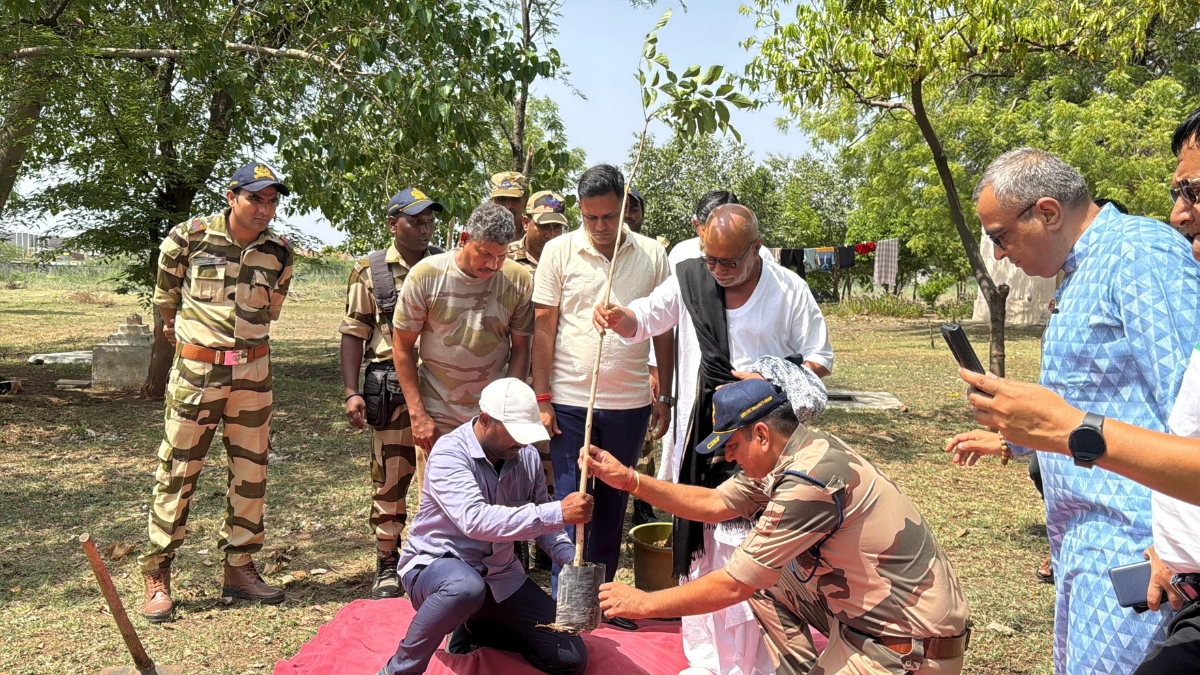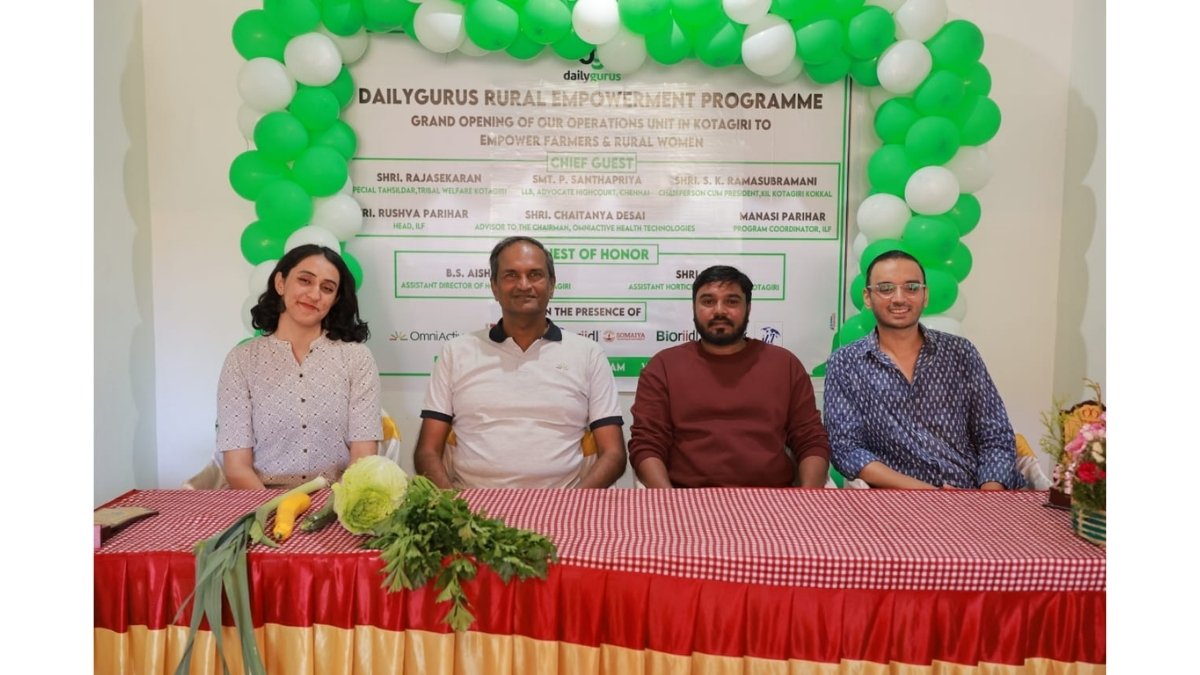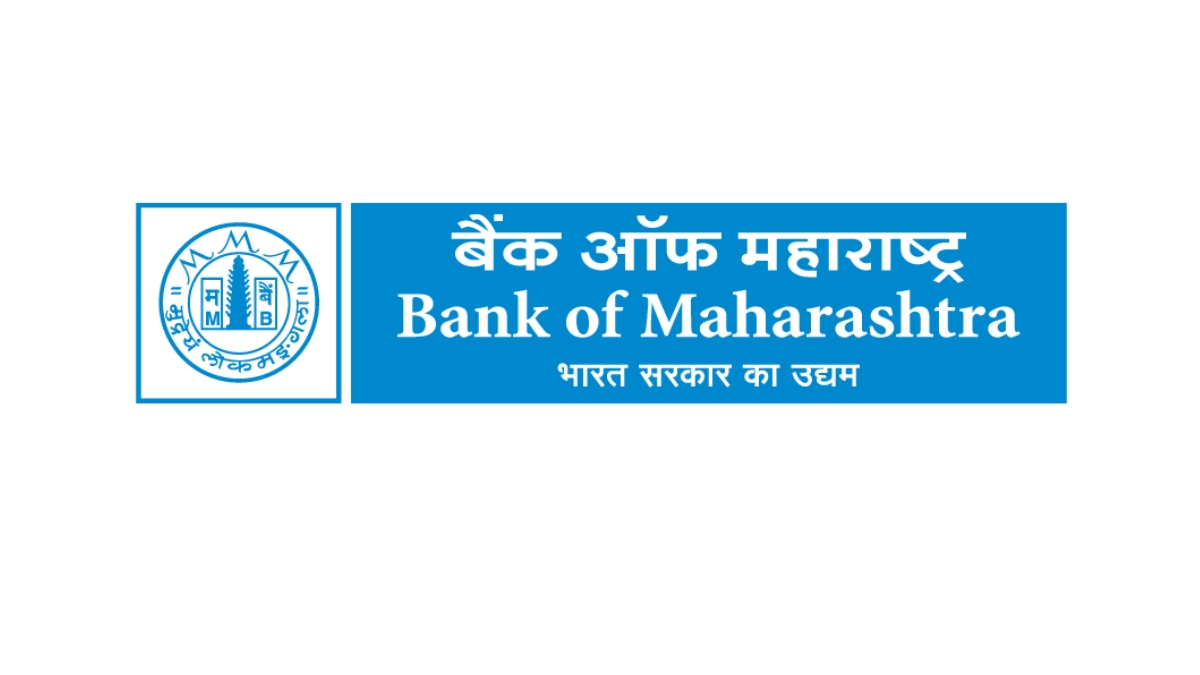Monsoon ready: How NDRF is preparing for rains in Mumbai and Maharashtra

As the monsoon season in Maharashtra approaches, the National Disaster Response Force (NDRF) is gearing up to ensure the safety and resilience of vulnerable regions across the country. Constituted under the Disaster Management Act 2005, the NDRF is dedicated to providing specialised response during disasters, living up to its motto “Aapda Seva Sadaiva Sarvatra”. Their unwavering dedication in major rescue operations in India and abroad has earned them the title “Angels in Disaster” among citizens.
NDRF comprises 16 battalions, drawn from personnel of the BSF, CISF, CRPF, ITBP, SSB, and Assam Rifles.
These battalions are strategically located across the country based on regional vulnerability profiles to ensure rapid deployment and response to both natural and man-made disasters.
The 5th Battalion of NDRF, located in Sudumbare near Pune in Maharashtra, is responsible for operations in Maharashtra and Goa.
The 5th battalion also maintains a Regional Response Centre (RRC) in Andheri, Mumbai, and a Temporary Platoon Location (TPL) in Maharashtra`s Nagpur, ensuring swift response capabilities across these regions.
Maharashtra is prone to extreme climate events such as floods, landslides, droughts, and industrial accidents, and remains a primary focus.
NDRF Commandant Santosh Bahadur Singh of the 5th Battalion highlighted the importance of strategic pre-positioning of teams based on vulnerability and hazard mapping in coordination with the State Disaster Management Authority (SDMA) of Maharashtra.
“To help the civil administration and save precious lives, we have held several meetings with the Brihanmumbai Municipal Corporation (BMC), state counterparts, and district collectors to formulate an effective response plan,” Singh said.
The NDRF is also preparing for an annual conference at Delhi’s Vigyan Bhawan next month, bringing together heads of SDRF, NDMA, other stakeholders, and state representatives to share best practices and lessons learned, aiming to improve response capabilities.
The 5th Battalion played a crucial role during the Maharashtra floods of 2021, which severely impacted Kolhapur, Raigad, Ratnagiri, Sindhudurg, Sangli, and Satara.
In 2023, ten NDRF teams were pre-positioned across Mumbai, Kolhapur, Satara, Sangli, Ratnagiri, Raigad, Palghar, Thane, and Kalyan in Maharashtra.
The NDRF has been involved in pre-monsoon discussions with divisional commissioners and District Disaster Management Authorities (DDMAs). In these meetings, demands have been made for pre-positioning teams in parts of Mumbai that are prone to landslides and in districts that are prone to flooding, such as Thane, Raigad, Satara, and Sindhudurg. These teams are prepared to respond quickly to emergencies such as floods and cyclones, collapsed structure search and rescue (CSSR), and the use of canine squads to locate individuals who may be trapped. They are also prepared to manage high-rise mountain rescues and Chemical, Biological, Radiological, and Nuclear (CBRN) catastrophes.
The 5th Battalion`s readiness for the monsoon season includes frequent training and retraining, familiarization exercises, mock drills, and cooperative exercises with several stakeholders. Training takes place in the waterways of Mumbai and in Sudumbare in Pune. The NDRF also uses outreach programs and training initiatives to strengthen the capacity of SDRFs, civil defense, and other stakeholders.
As part of the NDMA`s flagship Aapda Mitra Scheme, the NDRF actively trains community volunteers in basic relief and rescue operations for disasters like floods. To establish a culture of disaster preparedness among the population, initiatives such as school safety programs, disaster management training, mock exercises, and community awareness campaigns are carried out.
In Maharashtra, the practice of “proactive availability”—placing NDRF workers in high-risk areas ahead of time—has greatly reduced the amount of damage caused by natural disasters. The NDRF has solidified its reputation as the “Angels in Orange” since its founding by demonstrating exceptional effectiveness in offering emergency aid and medical attention after significant disasters.
All NDRF units are on high alert as the monsoon season draws near and they have enough manpower, equipment, and supplies to handle any emergency. Pre-positioning teams in high-risk areas will guarantee a timely reaction to any unfortunate events, showcasing NDRF`s dedication to protecting people` lives and property.
“We cannot stop natural disasters, but we can enable the community with knowledge to prevent loss of life and contain damage,” Commandant Singh properly concluded. People feel more confident when they see the NDRF, which represents the compassionate side of the authorities that are committed to helping those in need.

Atul Tiwari is a seasoned journalist at Mumbai Times, specializing in city news, culture, and human-interest stories. With a knack for uncovering compelling narratives, Atul brings Mumbai’s vibrant spirit to life through his writing.





